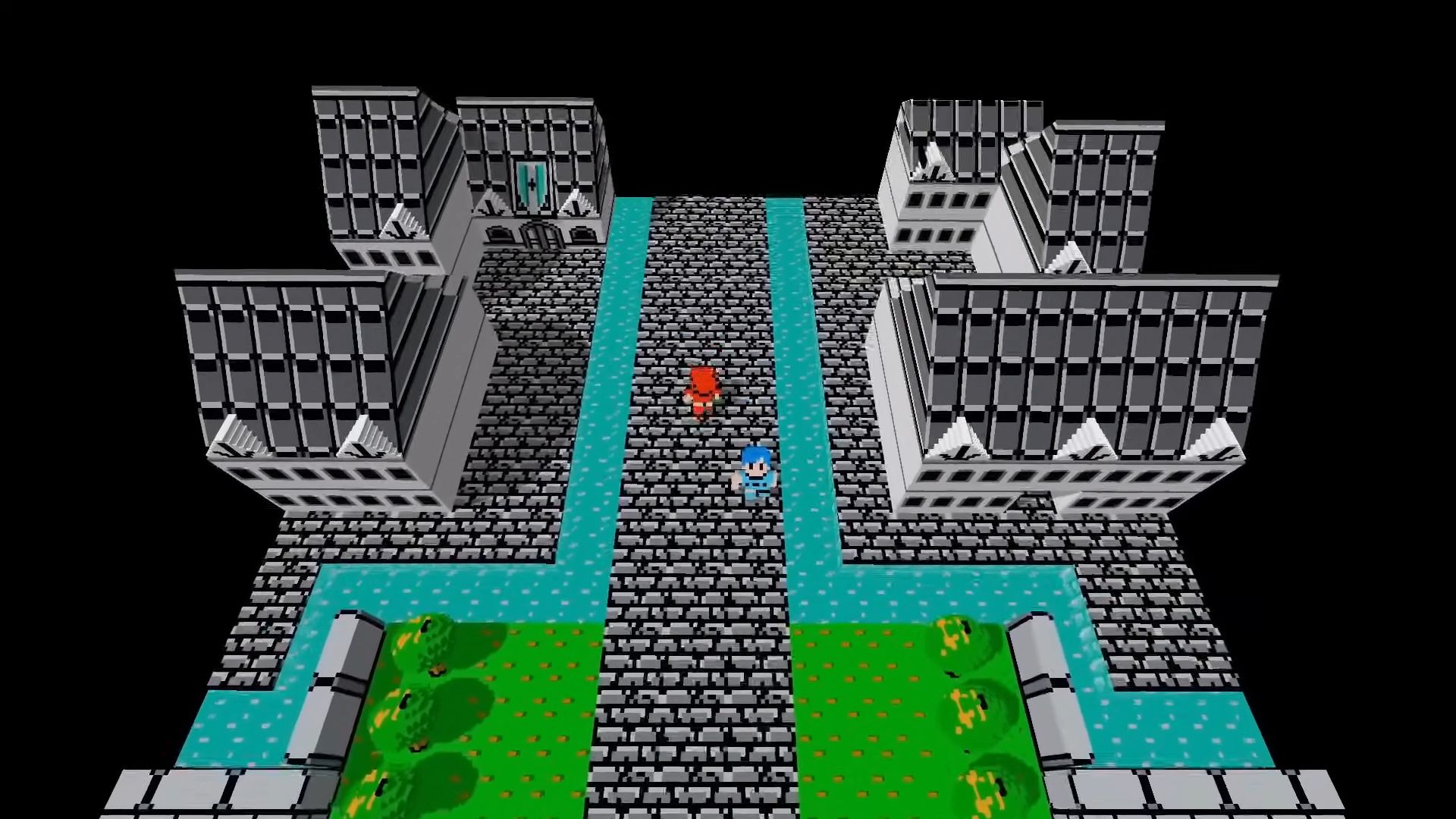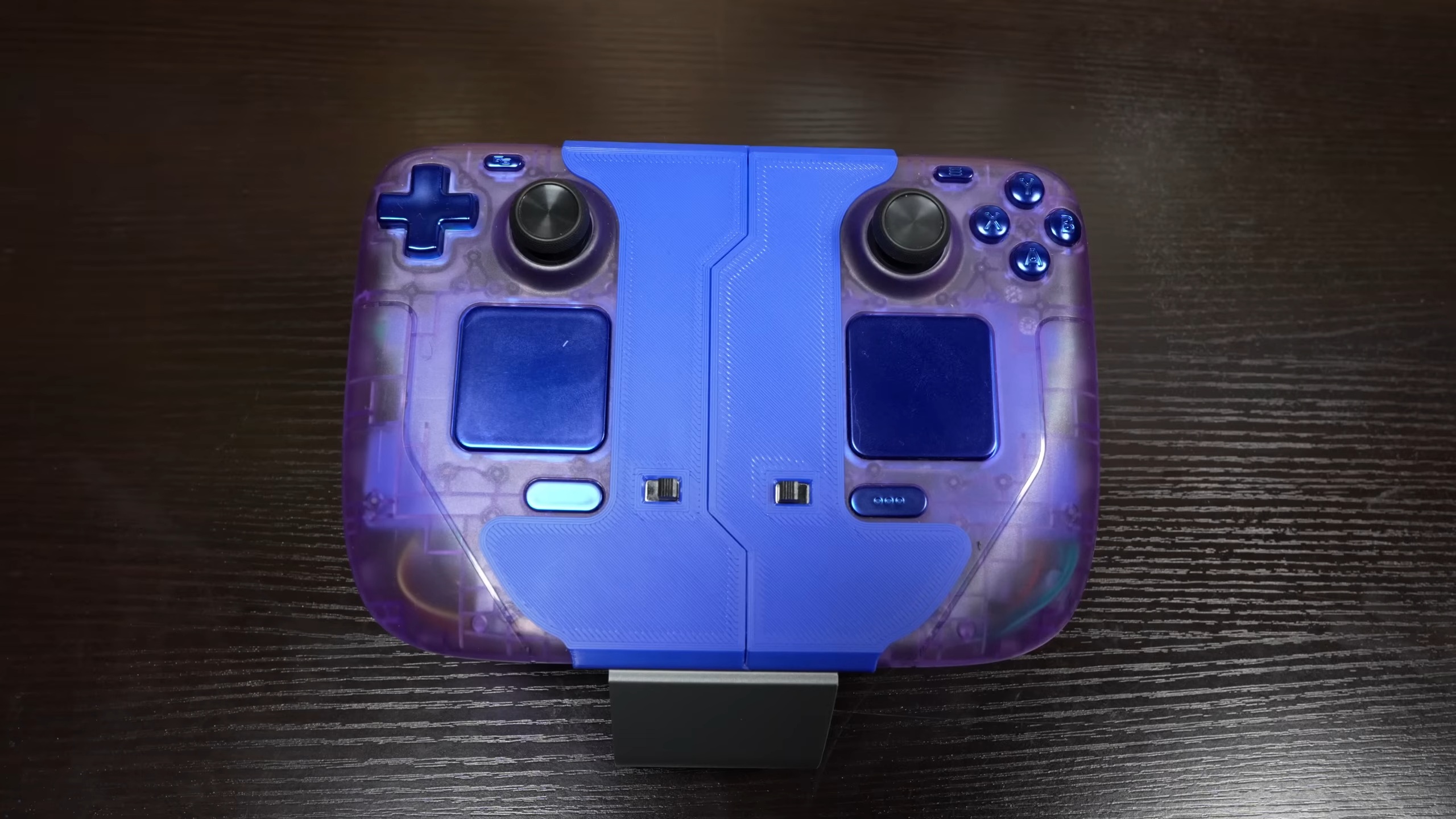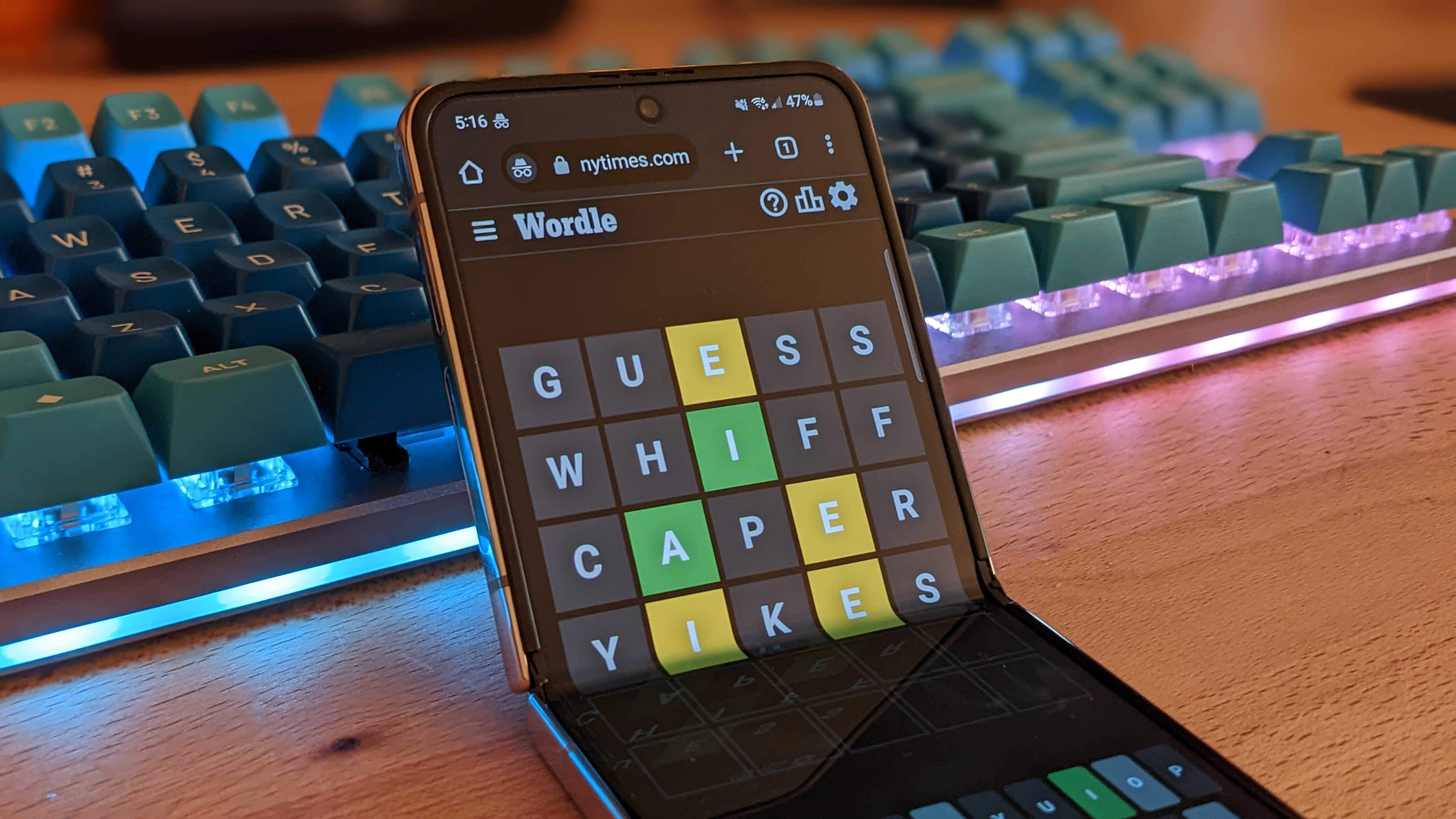
You know those circus performers who contort their bodies in terrifying ways for our squeamish amusement? Blasphemous 2 is a lot like those gifted weirdos – impressive and mesmerizing in that “I just can’t look away” kind of way that’s best watched between the fingers covering your grimacing face. While this sequel definitely doesn’t break any ground in the world of 2D Metroidvanias that the original didn’t, the unique and fantastic art, music, style, and story make an otherwise orthodox adventure extremely memorable. An awesome new arsenal of weapons and an increased focus on platforming and light puzzles make this 14-hour odyssey a lot less repetitive than its predecessor, too.
From the jump, you’ll hack and slash your way through some absolutely beautiful (and discomforting) 2D hallways filled with horrific monsters, perform life-threatening feats of platforming prowess, and go up against bosses so unsettling that not even their detail-obscuring pixel art style can save you from the night terrors that are sure to follow. Upgrading your character’s weapons and health and magic meters, while collecting various passive buffs and spells make for a fantastic climb to unparalleled power, and by the end I looked and felt the part of the ultimate unholy warrior. Little of that hasn’t been done before, but Blasphemous 2 looks quite spectacular standing proud atop the shoulders of giants that came before.
The thing that really sets it apart is its extremely unnerving art, story, and characters, all of which are so frightfully memorable they elevate the by-the-numbers blueprint, fueled by whatever the body horror equivalent of charm is. Even by the high standards of the first Blasphemous (which came out in 2017), the sequel is both revolting and gorgeous, with all-too-detailed death animations. There’s one where a flock of owls tear a defeated enemy to pieces, and another where a devout slug monster pops open like a pus-filled blister. It’s all set against breathtaking levels, like one dungeon that takes place in a giant, upside down castle made of wax.
Seriously, this is one of the grossest games I’ve ever played.
That fantastic level of detail is often used against you to disturbing effect, as you’re subjected to some of the most repulsive stuff ever to warrant a good, ol’ fashioned eyeball bleaching. There’s one character I had to interact with more than I cared to who progressively had her skin ripped off throughout the adventure as she helped my character get stronger, and another guy who kept squirting wax out of his breast into the mouth of a giant infant. Seriously, this is one of the grossest games I’ve ever played – which, of course, is a compliment in this context.
The story continues the violent and often convoluted trials of The Penitent One, the last living member of an order that’s trying to put an end to the abominations born from a godlike phenomenon known as The Miracle. It’s easy to become confused and left behind by this complicated tale of guilt and religion gone wrong, especially since it’s often told using archaic Old English words spoken from the mouths of cryptic, half-insane characters moments before they devour their own limbs or something unhinged like that. But (and it’s admittedly an enormous but) if you stick with it, roll with the disquieting punches, and maybe read a few item descriptions every now and again, that story is actually really good, even if it did increase my pre-existing fear of churches by 70%.
Where its predecessor focused almost solely on combat, Blasphemous 2 spends an equal amount of time testing your reflexes with increasingly demanding platforming sections that do wonders to break up the action. That’s accomplished using the three new weapons that you’re introduced to as a replacement to the Mea Culpa (which was your only option during The Penitent One’s first crusade), all of which come with their own clever movement abilities. My personal favorite, the War Sensor, is a powerful flail that lets you smack bells to reveal hidden platforms and open blocked passageways for a limited time; it also just has a long reach and deals a lot of damage, which I’m a fan of. There’s also the lightning-fast rapier and dagger that let you dash through nifty mirrors to move quickly and pass through certain otherwise-impassable barriers, and finally the well-rounded Praying Blade that lets you do a downward strike that destroys enemies and sturdy obstructions alike.
Stringing together awesome maneuvers like that made me feel like an absolute badass.
Since you can instantaneously switch between the holy trinity that is your arsenal, many sections require skillful use of multiple weapons to navigate an area without falling to your death, and certain weapons are better suited for killing different enemies. You might start taking out enemies with your giant flail, then use it to hit a bell to reveal some hidden platforms, before switching to your rapier to dash through some magical mirrors before launching a flurry of quick jabs from your blade. Stringing together awesome maneuvers like that made me feel like an absolute badass, and is a huge step up from only having access to the fairly milquetoast Mea Culpa from the first game.
What We Said About The Original Blasphemous
A creepy and unsettling action-platformer, Blasphemous has an eery atmosphere, gorgeous pixel art, and intricate animations that never fail to impress. The combat can be satisfying, but relies too heavily on memorization, which makes backtracking through its non-linear world eventually turn stale. And while the visual variety at least keeps things looking fresh, superfluous and poorly implemented upgrade mechanics keep Blasphemous from having the amount of depth seen in many other games across the genre. It’s still an enjoyable Metroidvania, just not an all that memorable one. – Steven Petite, September 9, 2019
Score: 7
Read the full Blasphemous reivew
One area that hasn’t improved all that much, though, is the enemy variety, which remains fairly weak from area to area. Usually after a few sections in one level you’ll have seen the two or three new enemy types and be forced to take out the same bunch of sickos repeatedly until you finally reach the boss. It can be especially irritating when some enemies spam attacks that require patience before you can fight back, meaning you’ll find yourself standing around waiting for an enemy to finish breathing fire for a few seconds before you can counter with a few hits before waiting some more. There’s also a whole bunch of repeat enemies who change their color and element of their attacks, but are essentially identical to the guys you’ve been killing for hours already, like the big knights who have a buttload of health and slowly swing at you with their massive blunt objects. I really got sick of seeing those jerks every couple minutes.
Thankfully, bosses are a lot more interesting than the minions who serve them, and each section features a big bad for you to take your frustration out on. Taking down an evil, usually disgusting boss is always a good time, though Blasphemous 2 definitely lacks the level of challenge I look for in my Metroidvanias (and there are no difficulty settings to crank up). In about half the cases I killed the area’s boss on my first try, with most of the other half falling on my second attempt once I’d gotten a peek at their moveset. As someone who really enjoys the trial and error of a good boss fight, I found myself somewhat disappointed that many of these climaxes concluded so quickly. Still, even when they ended abruptly, all the monsters you fight are creatively designed and memorable, like one where you face bullet hell against a priest who keeps switching faces, and another where a robot and his child sidekick team up to send you straight to the afterlife.






